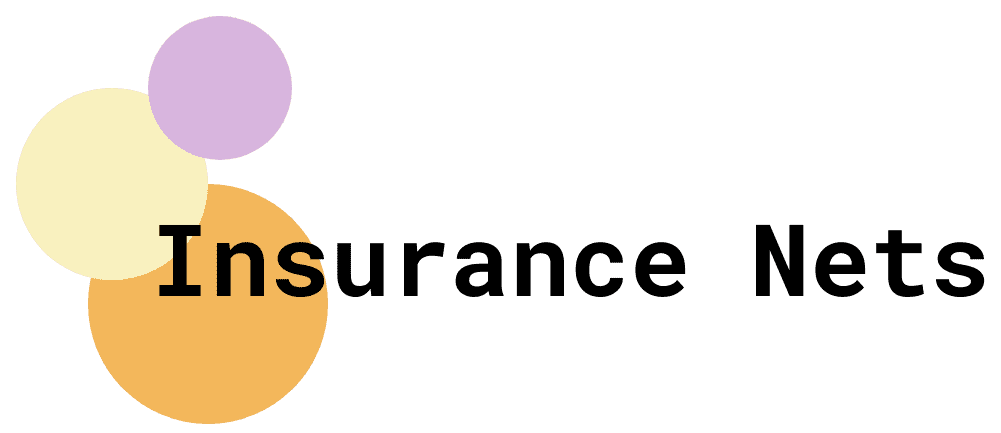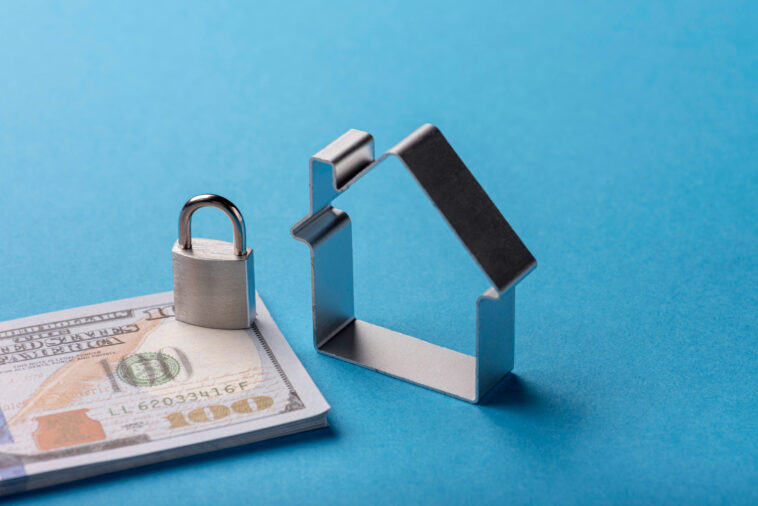Stepping into the world of homeownership is often accompanied by a flurry of terms and jargon, enough to make anyone’s head spin. One such term, often misunderstood, is Private Mortgage Insurance (PMI). This might not be the most glamorous aspect of buying a home, but it’s an essential component for many homeowners, acting as the silent hero of their homeownership journey. In this article, we’ll shed light on PMI, from its purpose to its benefits and beyond.
What is Private Mortgage Insurance (PMI)?
Private Mortgage Insurance, commonly known as PMI, is a type of mortgage insurance often required by lenders when homebuyers make a down payment that’s less than 20% of the home’s purchase price. This insurance protects the lender in case the borrower defaults on the loan.
Why Do Lenders Require PMI?
Lenders take on a significant risk when loaning out large sums of money for home purchases. If a borrower defaults, the lender stands to lose a lot. PMI acts as a safety net, ensuring that lenders won’t suffer the full blow of a defaulted loan. In essence, it increases the lender’s confidence, allowing them to offer loans to a wider range of potential homeowners.
How Does PMI Benefit Homebuyers?
While PMI primarily serves to protect lenders, it also offers significant benefits to homebuyers:
- Access to Homeownership: Without PMI, many buyers would need to save up a full 20% down payment to buy a home. This could delay homeownership for years. PMI allows you to step into homeownership with as little as 3-5% down.
- Flexible Financial Planning: Instead of pouring all your savings into a large down payment, you can allocate funds to other important areas like home improvements, emergency funds, or investments.
PMI Payment Structures
There are various ways PMI can be structured in terms of payment:
- Monthly Premiums: This is the most common structure, where PMI is added to your monthly mortgage payment.
- Upfront Premiums: Here, you pay the PMI amount at closing. Some buyers prefer this to avoid higher monthly payments.
- Split Premiums: A combination of both upfront and monthly payments. This can lower the monthly cost compared to a solely monthly premium structure.
How Much Does PMI Cost?
PMI costs can vary based on the size of the down payment and the loan. It typically ranges from 0.3% to 1.5% of the original loan amount per year. For instance, on a $200,000 mortgage, PMI might range from $600 to $3,000 annually or $50 to $250 as a monthly premium.
How Long Do I Need to Pay PMI?
Good news! PMI isn’t forever. It can be removed once you’ve built enough equity in your home. Typically, once you owe less than 80% of your home’s original value, you can request to have PMI removed. By law, lenders must drop PMI once you owe 78% or less on a conventional loan. However, it’s essential to keep track and request PMI removal when eligible, especially if your home appreciates in value or you’ve made extra payments.
Can PMI be Avoided?
Yes, there are several strategies to avoid PMI:
- Larger Down Payment: The most straightforward way to avoid PMI is by putting down 20% or more.
- Piggyback Loans: This involves taking out two loans. One for 80% of the home’s value and another for the remaining amount needed. This strategy can be complex and might come with higher interest rates.
- Lender-Paid PMI: Some lenders offer to pay your PMI, but they usually adjust this with a higher interest rate on the loan.
Conclusion
Private Mortgage Insurance is often viewed with disdain by homebuyers, seen as an additional cost. However, when understood correctly, it’s evident that PMI plays a pivotal role in facilitating homeownership for countless individuals. By offering lenders a safety net, they, in turn, can provide more flexible loan options, enabling many to step into their dream homes far sooner than they might have thought possible. If you’re on the brink of homeownership and navigating the PMI maze, remember its value, and make an informed decision that benefits your long-term financial journey.

